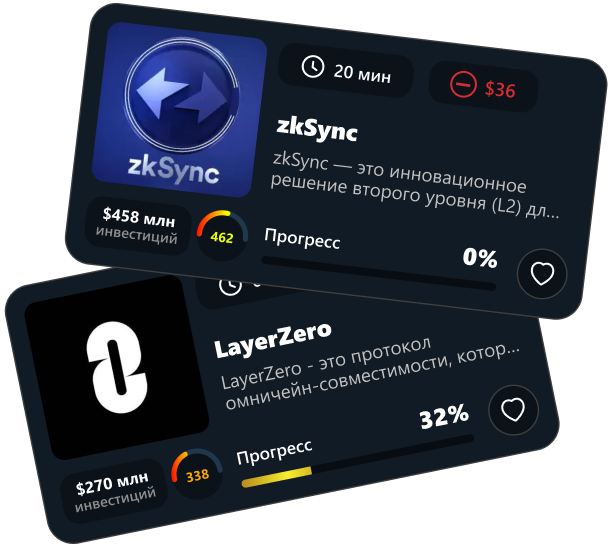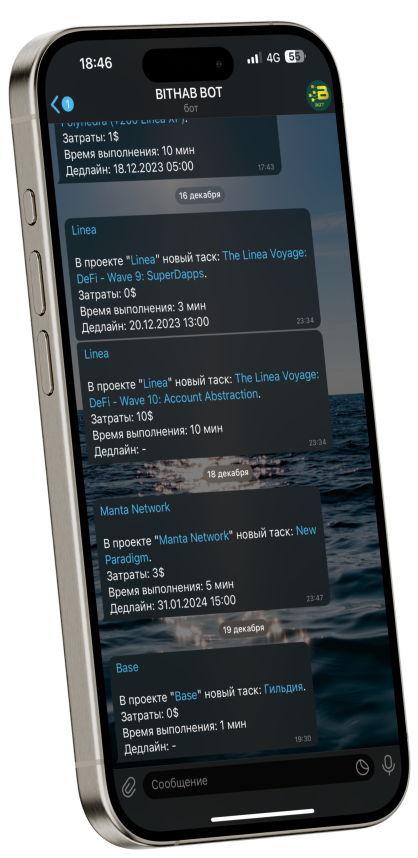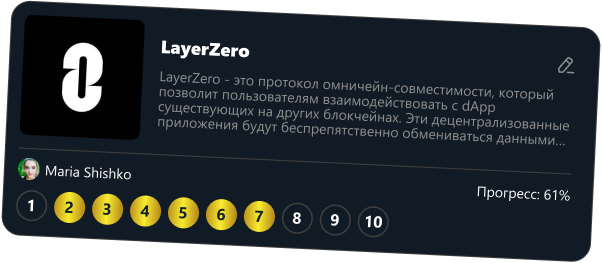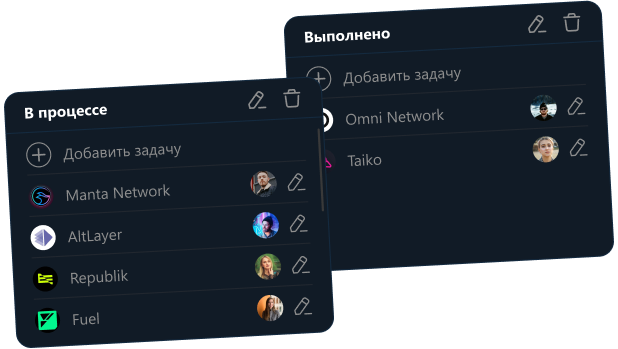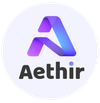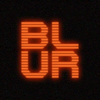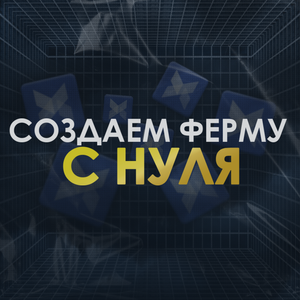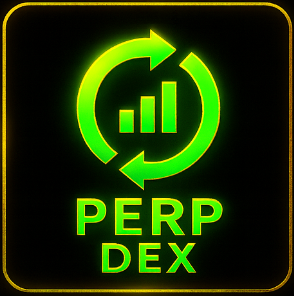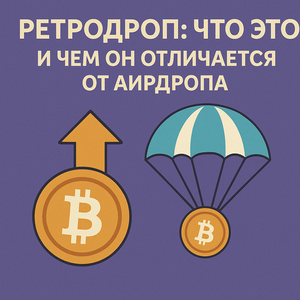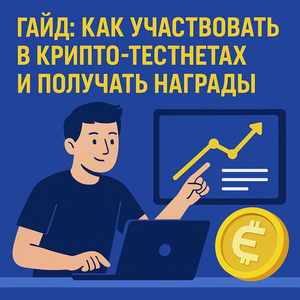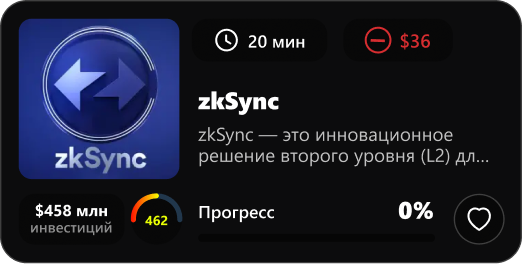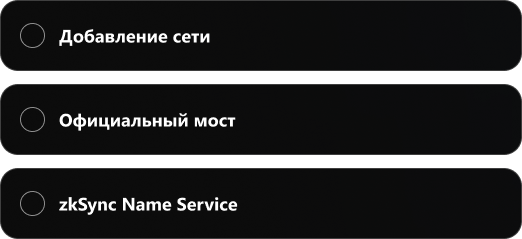Retrodrops and airdrops – similar phenomena familiar to members of the crypto community, but there are distinguishing features and not always obvious nuances. In any likely situation, it’s about ways of receiving tokens and digital coins, but one should not confuse the terms and concepts: an airdrop in the classical sense differs from a retrodrop.
We want to bring clarity to the topic and sort it out together with the reader. Additionally, we will provide examples and useful comparative information: this will help to understand what a retrospective drop means.
What is a retrodrop
So, what is a retrodrop (Retrodrop)? It is the distribution of tokens among users of a particular crypto project, based on the history of interaction with it. There is an opinion that the term is partly derived from the word «retro», which implies assessing the past in the present.
Simply put, a typical retrodrop is not based on tracking the user’s current activity, as in the case of an airdrop: what is assessed is the statistics, the history of interaction with a certain platform, with a particular protocol. This is the key distinguishing feature.
Types of retrodrops:
- Frequency-based. If the situation concerns a protocol, for example, this means rewarding with tokens for the number of transactions or frequency of use;
- Volume-based. Here the reward corresponds to the amount of funds the user has engaged during participation in the crypto project, and of course, for the duration of that involvement;
- Time-based. The «older» a particular user is, the more tokens they will be able to receive during the next retrodrop;
- Combined. In this case, the basis is taking into account various activity metrics before distributing tokens or digital coins. For example, evaluating investments, past achievements, activity in other areas, etc.
Examples of retrodrops
To better understand what a cryptocurrency retrodrop means, let’s look at some examples. These are:
- Uniswap. September 2020, distribution of 400 UNI to every blockchain address that had previously interacted with the platform’s contracts;
- Optimism and Arbitrum. Their tokens were distributed more than once on a retrospective basis, that is, for conditionally useful actions taken by users in the past.
And this is just a small part of the examples: for investing in the network or software, voting, launching a smart contract, etc., drophunters – people who earn from retro- and airdrops – regularly receive rewards.
How a retrodrop differs from a classic airdrop
The differences between an airdrop and a retrodrop can easily be described with the following formula: the first implies token distribution primarily to achieve marketing goals and attract users, while the second is to reward early and active participants of a particular crypto project.
Details and additional information, or a conditional Retrodrop Guide in the context of distinguishing features, are presented in the table below.
|
Aspect |
Airdrop |
Retrodrop |
|
Event timing |
Before or at the start of the project |
After reaching certain launch goals |
|
Recipients |
New participants, potential users |
Active community members |
|
Participation conditions |
Performing simple target actions such as registration or promotion on social media |
Active participation in the project, its conditional support. What is assessed is the user’s activity history, their interaction with the platform, not their current achievements |
How to prepare for future retrodrops
Preparation tips are simple: actively participate in beta versions of crypto projects, use new wallets and decentralized applications, and also keep track of changes and news in the DeFi and GameFi spheres.
Summary: you can earn on retrodrops
To earn on retrodrops, it is enough to perform the actions described in this publication: participate in crypto project tests, support them, show loyalty, and so on. At the same time, it should be remembered that this phenomenon implies a reward for conditional loyalty, whereas a typical airdrop is primarily a marketing incentive.
To always stay updated on current and upcoming air- and retrodrops, the aggregator Drop.Guide Aggregator will help: we recommend using it.


